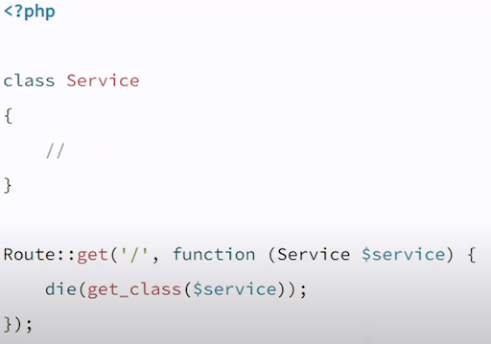What is service provider and service container and what it is use for?
What we need to understand the work flow (life cycle) of laravel than we can easily understand the concept of service provider and service container.
Step1: Entry Point
Laravel entry/start point is from public folder index.php file.
It do two main thing
1) It loads composer
2) it make object of app.php class in bootstrap folder.
Step2: Make Instance/Objects of all service provider.
These are basic building blocks means core files of laravel.
What are those core file?
Go to config folder and find app.php file. In this file you will find and providers array which contain all the service classes names and their path.
These classes are use to function our laravel application.
e.g cache, cookies, mail, notification , queue and many more.
Laravel also allows us to make our custom Service-Provider.
Command: php artisan make:provider ProviderName
After that we need to register that provider in app.php file in provider array.
Now come to the main point
1) Laravel make objects of ServiceProvider classes by calling the register method in these provider classes.
2) After calling register method to register services than laravel call their boot() methods where we write our custom logics.
Examples:
Lets say i have multiple payment gateways in my application.
I want to make EmailService service.
I want NewsletterSubscription service.
I want create SMS service.
Where i need this service i just ask particular service-provider to provide that service.
Step3: Service Container
The purpose of Service container is to make objects for all those classes/services that you have registered(bind to laravel application) in Service Provider. These objects we can use in our application where we need for those.
Service container main object/work is to manage class dependencies.
What does it mean ?
When you need instance of the class in another class as an dependency. you just need to specify required class instance in the constructor method of dependent class.
Let me make more clarification.
When any particular class accept another class object through its constructor method that also called dependency injection, In that way class(which requiring service-class from service-privider) can get all properties and methods of service class.
Note: In one class you pass another class as an argument.
$this->app->bind('NewsLetterSubcription', function ($app) {
return new NewsLetterSubcription();
});

Comments
Post a Comment